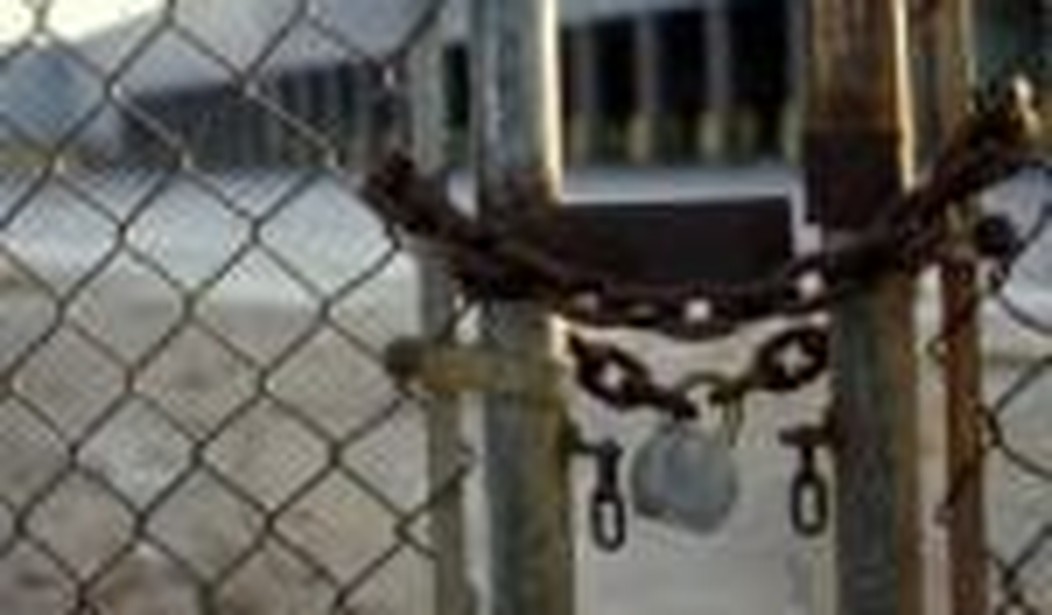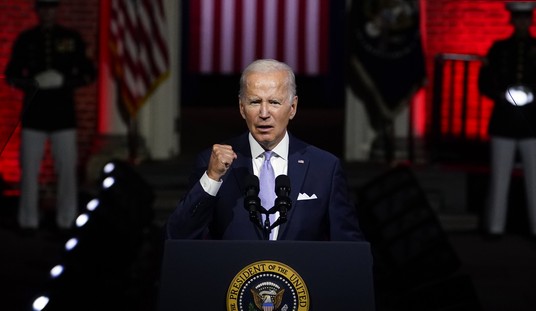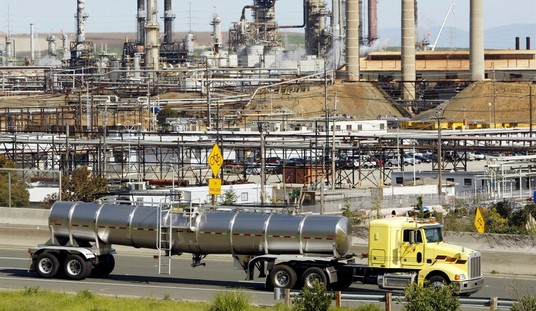The mood in the Rust Belt — a designation for states like Pennsylvania, Ohio, and Michigan referencing their aging infrastructure and declining industry — is one of resignation and worry. Ordinary voters repeatedly voice their dismay over the jobs market. Says Vince Lombardo, a high school teacher in Ohio: “It seems we’ve reached dead ends in so many fields and need a new approach.”
Doing field work for my next book on national elections, I recently toured the cities of Flint, Detroit, and Saginaw in Michigan, and Dayton, Toledo, Cleveland, Akron, and Youngstown in Ohio. Along with western Pennsylvania, these cities were once the heart of American heavy industry (steel and autos). “De-industrialization” has since led to chronically high unemployment rates and a “land-that-time-forgot” landscape.
But whatever their current troubles, Pennsylvania and especially Michigan and Ohio may choose our next president. President Barack Obama will need to win at least two of these three states to retain the White House, as no Democrat has ever been elected president without substantial blue-collar support. Mitt Romney will need at least Ohio to win a majority in the Electoral College, as no Republican has ever been elected president without winning the Buckeye State. (Ohio was essential to George W. Bush’s one-state victories in 2000 and 2004).
In The Real Majority (1970), Richard Scammon and Ben Wattenberg argued that the “typical American voter was a 47-year-old machinist in Dayton.” That plant was probably closed long ago, but Ohio still contains lots of “typical” voters (now suburbanites) and ranks with Florida as one of the premier swing states.
According to union leaders I spoke with, over half of auto workers and nearly 75% of steelworkers have lost their jobs since the 1973 peak. Detroit once had over a dozen large auto factories, including the largest plant in the world — Ford’s River Rouge employed roughly 40,000 people. River Rouge closed in 1983, and the Motor City now has only one major auto plant within the city limits. Youngstown had six large steel mills until the 1970s; they now have none operating.
As the local economies withered, social problems multiplied. Cleveland ranks as the fourth poorest big city in America, while Detroit topped the list in the 2010 Census. Flint and Detroit are the “most dangerous” cities in America.
As late as the 1970 Census, both Detroit (#5) and Cleveland (#10) ranked among the 10 most populous American cities. In the 2010 Census, Detroit had fallen to #18 and Cleveland to #45. Both cities have lost over half of their populations since their 1950 peaks — and over 80% of their white, middle-class populations. Accordingly, they have become one-party Democratic strongholds. Back in the 1980s, Presidents Reagan and Bush could have carried Ohio and Michigan without winning a single vote in either Cleveland or Detroit.
A side effect of economic decline is a “brain drain” of talented younger people leaving when they can’t find work. For example: Columbus, Ohio, has an economic base of state government, insurance, and banking; Chris Mahler, a successful small businessman in the health care field, joked that “Columbus is now also the capital of Youngstown and Pittsburgh.”
Pennsylvania, Ohio, and Michigan have all lost electoral votes to the Sun Belt since the 1980 Census: Pennsylvania and Ohio each lost seven and Michigan lost five.
Detroit, Cleveland, Dayton, Flint, and Youngstown have struggled the most with de-industrialization. Both Detroit and Flint were placed under financial “receivership” by Michigan Governor Rick Snyder. Toledo is surviving because the Jeep plant is producing a popular vehicle, and the city is also a major shipping port for Midwestern agricultural products. Akron has had modest success in transitioning to medical services.
“Our city, like many cities, is going through tough times, no doubt about it,” said a county clerk in Flint, Michigan. A receptionist in the Akron Board of Elections who still lives in the working class Goodyear Heights neighborhood says that she “misses the smell of rubber and soot in the air” from the tire factories that have closed since the 1970s.
People are definitely unhappy with the state of the nation, especially the economy, but most Democrats are not (yet) blaming President Obama.
These Rust Belt cities are highly Democratic areas. They voted for Walter Mondale in 1984 even as he was losing 49 states to President Reagan. If Obama is in trouble here, he would be in danger of losing 50 states. Very few white Democrats and virtually no minority Democrats that I have interviewed are currently defecting from the president — the key question will be their level of enthusiasm and turnout. Obama inspired a record-breaking vote in 2008, when black turnout equaled white turnout for the first time, narrowly carrying Ohio and comfortably winning Pennsylvania and Michigan. But Democrats were demoralized and stayed home in 2010, while Republican voters came out enthusiastically. As a result, the GOP swept all three states.
While the Democratic base may be sticking with the president (with varying degrees of enthusiasm), Mr. Obama is getting virtually no support from Republicans. For over a century and a half, Midwestern farmers and small businesses have been the backbone of the Republican Party. (Indeed, they were present at the GOP’s creation in towns like Jackson, Michigan, and Ripon, Wisconsin). Conversations in diners, gas stations, government offices, and banks indicate the rural Midwest will decisively be in the GOP column this November once again. Says the mayor of Troy, Ohio, Mike Beamish: “[T]his will be a highly supportive community of Mr. Romney.”
With the voters’ mood so down here, it appears Romney has the option of simply arguing that “it’s time for a change.”









Join the conversation as a VIP Member